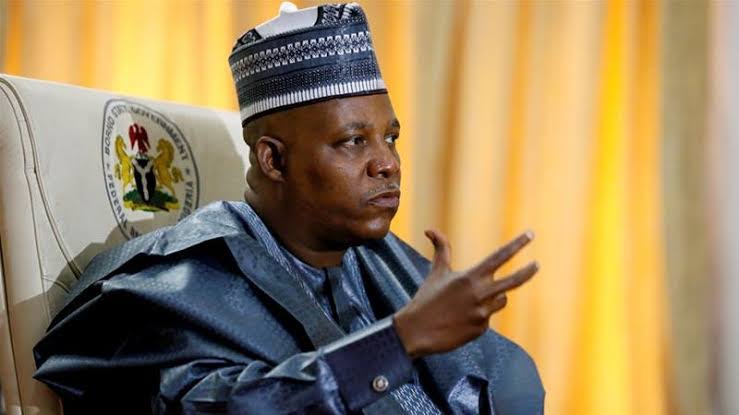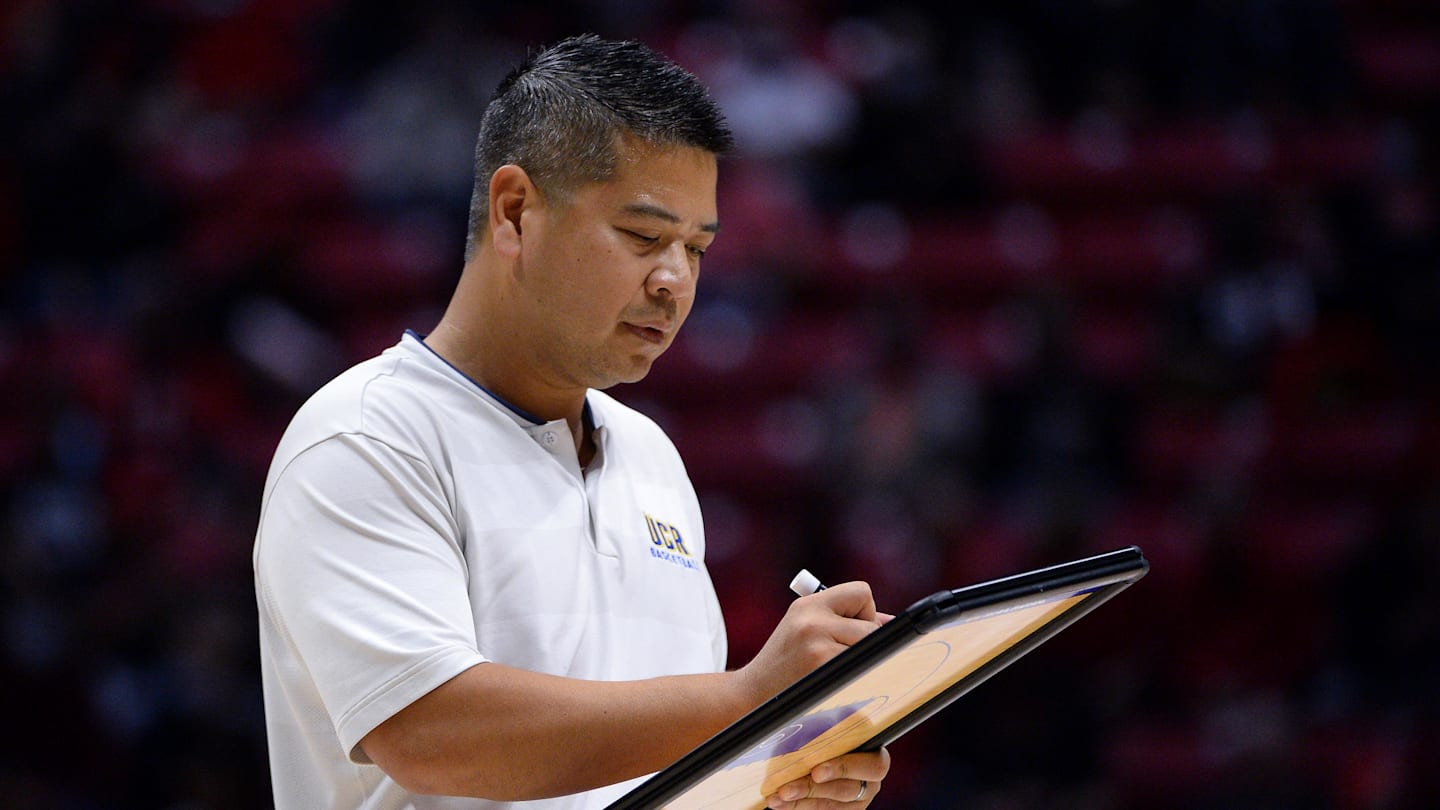New education system: Key pathways to the future lit

The new pathways for the senior school are out. And students are spoilt for choice. The pathways are akin to combinations in the old A-level system. Students will need a lot of guidance from parents and schools.
Remember Robert Frost’s poem, Road Not Taken? Or the legend of why the hyena limps?
The pathways are complete, up to university and the probable careers. We can now plot a child’s pathway from kindergarten to university.
What next? If implemented to the letter, the pathways can revolutionise our education. Here are my quick observations.
One, we need to link pathways to the job market through job projections. The United States (US) Bureau of Statistics has such data published in the Occupational Outlook Handbook.
It shows the declining and the fastest-growing jobs in the next ten years. Using such data, the students can see the prospects of their careers or pathways long before leaving school.
A good example, in the period 2023-2033, the following jobs will grow fastest in the US: wind turbine technicians, solar photovoltaic installers, nurse practitioners, data scientists, and information security analysts, among others. The list is here https://www.bls.gov/ooh/fastest-growing.htm
Can we publish such a database so that, at any given time, students can see the end of their pathway? These jobs also signal the sectors likely to be job creators in future.
Critical thinking
Two, Competence-Based Education (CBE) is student-centred, focusing on skills in addition to knowledge.
Competences, to be integrated into every subject area, include problem solving, critical thinking, collaboration, imagination, citizenship, digital literacy and learning to learn and self-efficacy.
Competences are supplemented by values, e.g responsibility, and integrity. Teachers must be retooled to allow students become co-creators of knowledge. I had an insight into CBE when I gave an assignment to students from Kenya, Tanzania and Germany recently. German students prefer to work by themselves, we prefer to be talked to.
Three, the pathway takes care of the students of all abilities; the brightest students can take advanced maths, and those not so endowed have something too.
That is a plus for CBE. We have traditionally been unfair to bright and gifted students. In the US, they even take university courses while in high school. Can we try that?
Four, the pathways will need lots of resources, both human and non-human. Think of STEM (Science, Technology, Engineering, and Mathematics). You need science and technology teachers, labs, specimens, and computers. In the arts and sports pathway, you need musical instruments, playing fields and equipment for all the sports.
Stay informed. Subscribe to our newsletter
The pathways need lots of funding. What part will the government and parents play? The resources needed could give private schools a new lease of life, offering more pathways and more resources.
Five, opening boarding schools to day scholars will increase access. Boarding schools benefit the students by letting them leave the comfort of their village for new experiences. That is why online learning has never really taken off. You want to meet real people and have real experiences.
The Internet has not ended tourism. Out of curiosity, will day streams open a can of worms; a child being driven and picked from Kenya High or Alliance as borders eat githeri.
Indigenous languages
Six, including indigenous languages into the pathways, was nothing but a mark of genius, more so just after the death of Ngugi wa Thiongo.
The indigenous languages constitute the richest of all human heritages. I have repeatedly asked why we should teach foreign languages and not our own. If we can have vernacular radio and TV stations, why not have those languages taught in our schools?
How about adding Amharic, Zulu, and Xhosa? Seven, my biggest concern is the content. What will be taught in the new pathways?
We should not put new wine in the old skins. What is the content of advanced maths, biology, history and citizenship and other subjects? How contemporary is? Does it reflect the world of the students after school?
Eight, is globalisation. Our curriculum should be broad and deep enough to fit into other job markets and universities. We have a chance to make our country a magnet for students and their money. We can, through CBE give our graduates wings to fly.
Nine, what role will exams play in CBE? In a very competitive world, exams will still hang over our heads. The USA has no national exams, but the Scholastic Assessment Test (SAT), American College Testing (ACT), Graduate Management Admission Test (GMAT) and Graduate Record Examinations (GRE) are used to gauge the students’ level of preparedness. Used properly, exams gauge learners’ progress, competency level, and talents.
Ten, let’s learn from the past. We have transitioned from A-level to 8.4.4 and now CBE in 60 years, while our neighbours have remained with their A-level. Have such changes contributed to a new, enlightened Kenyan?
What role have such changes played in making Kenya a more vibrant economy? Should CBE be the electric car or enhanced old engine?












